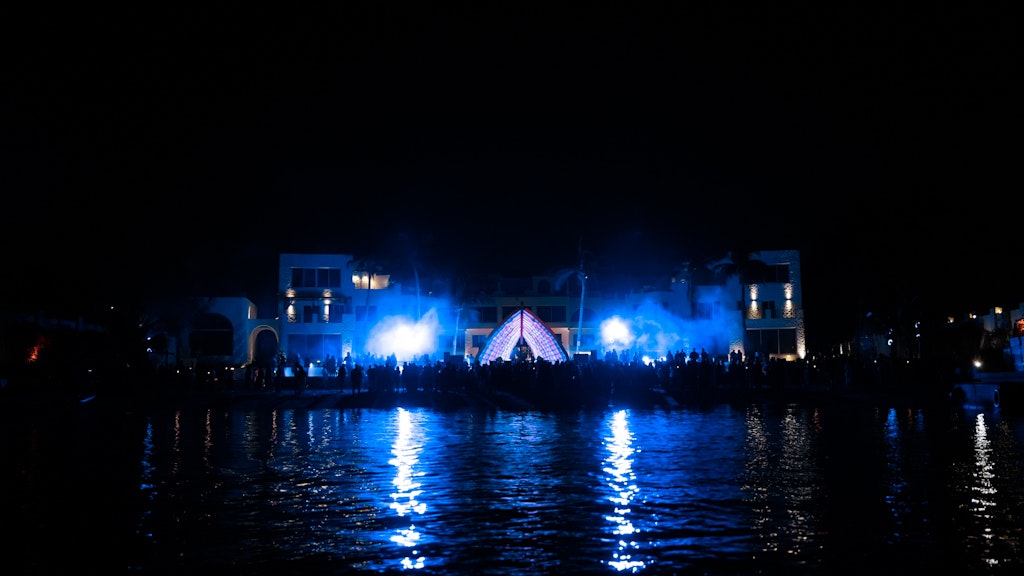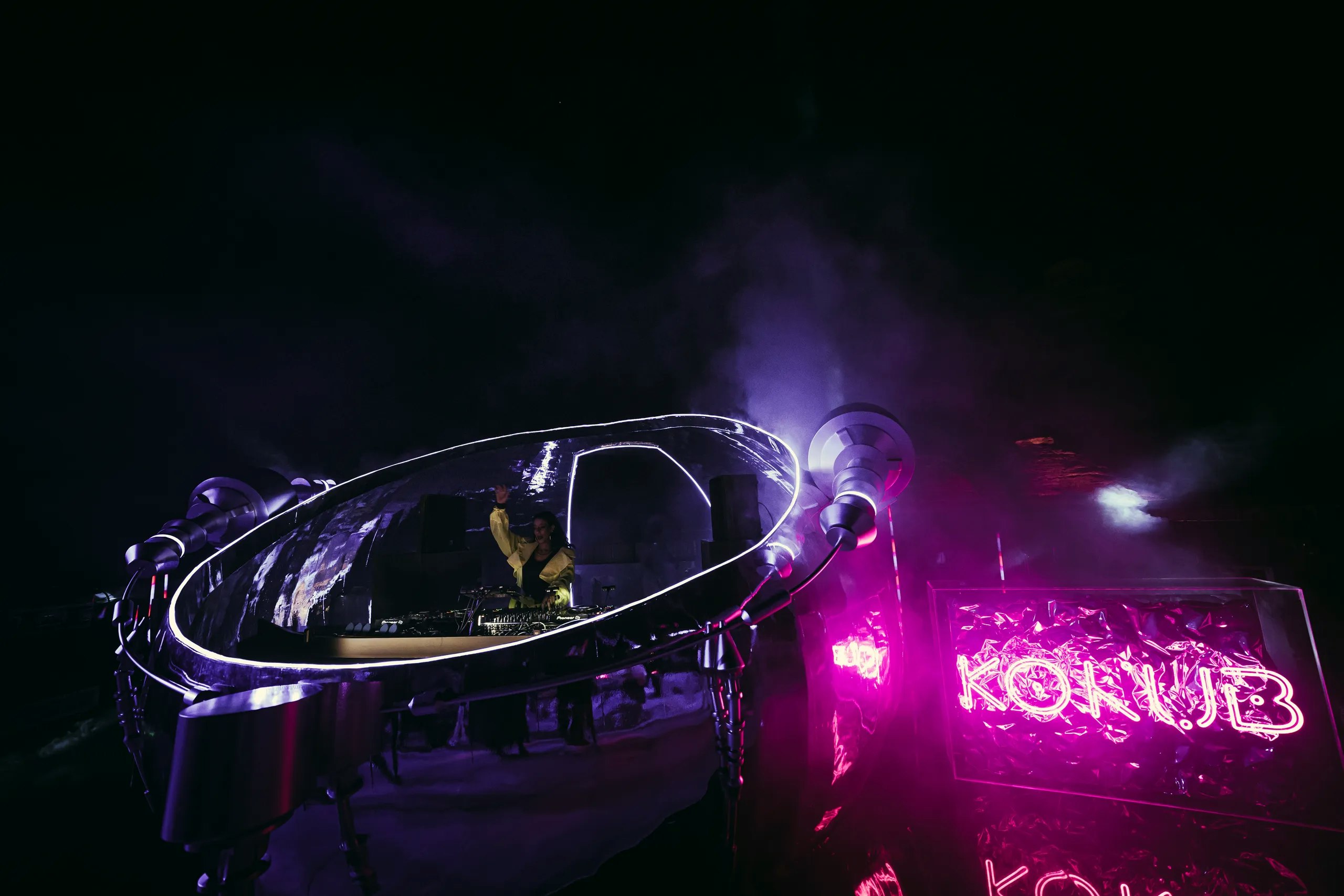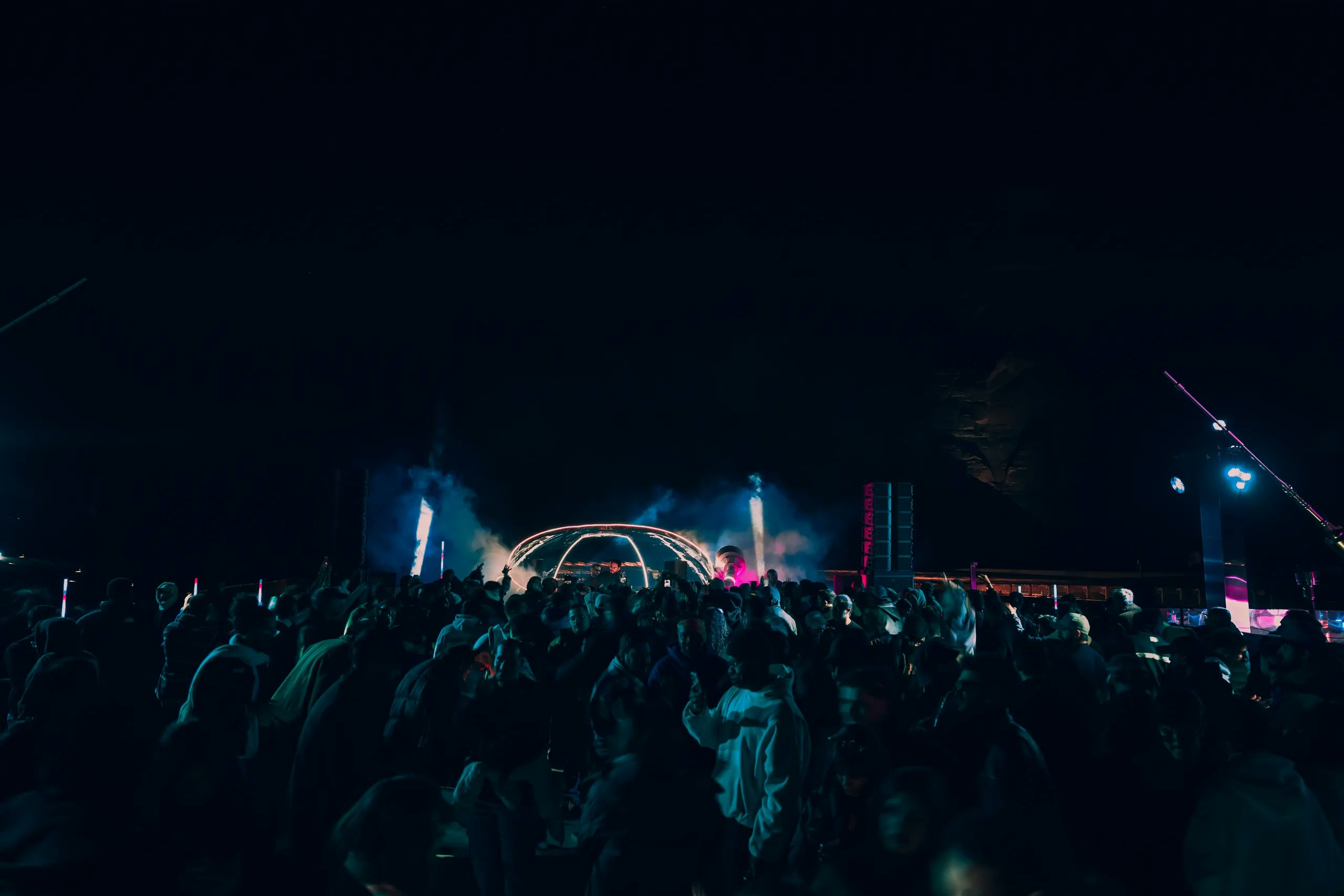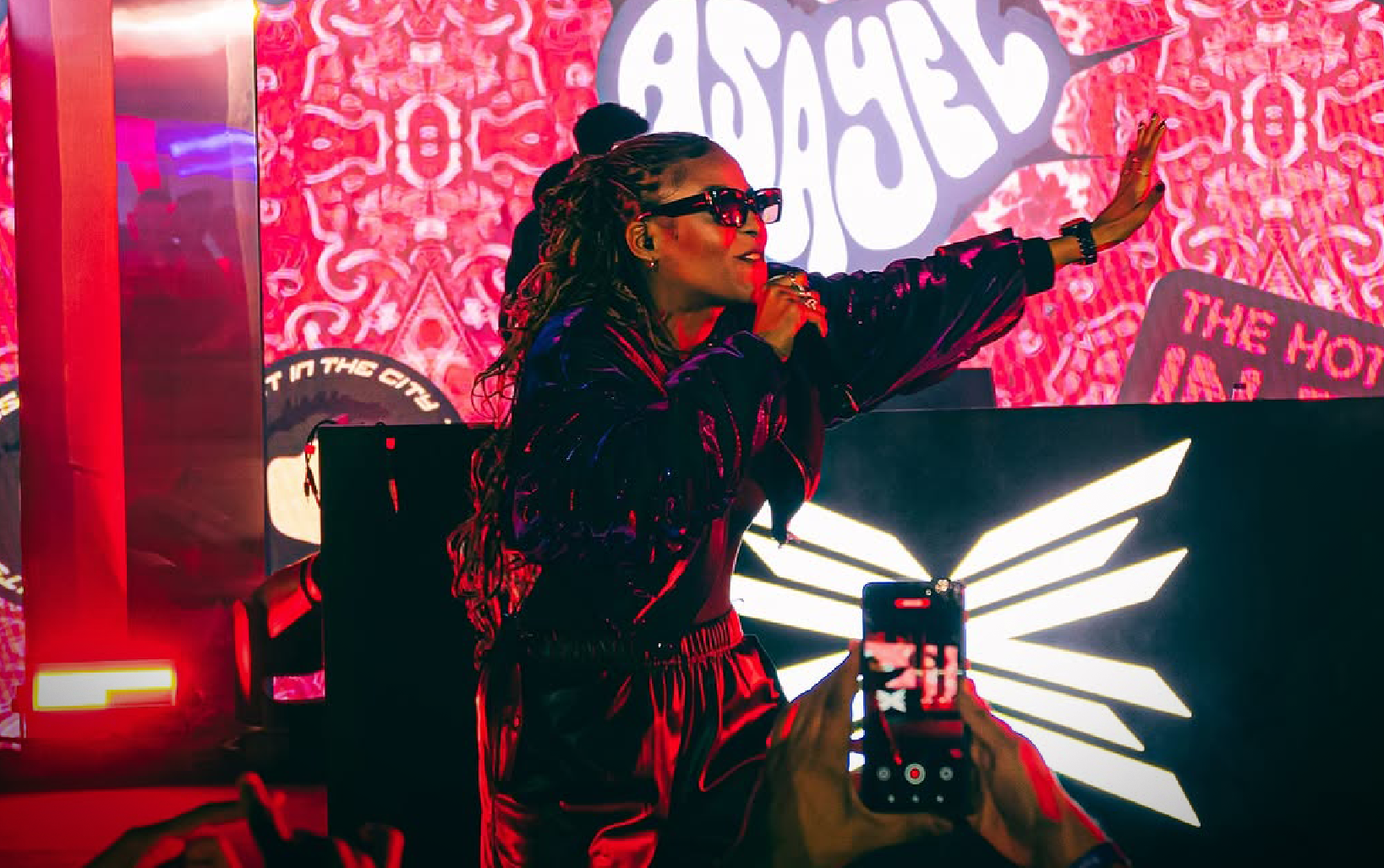
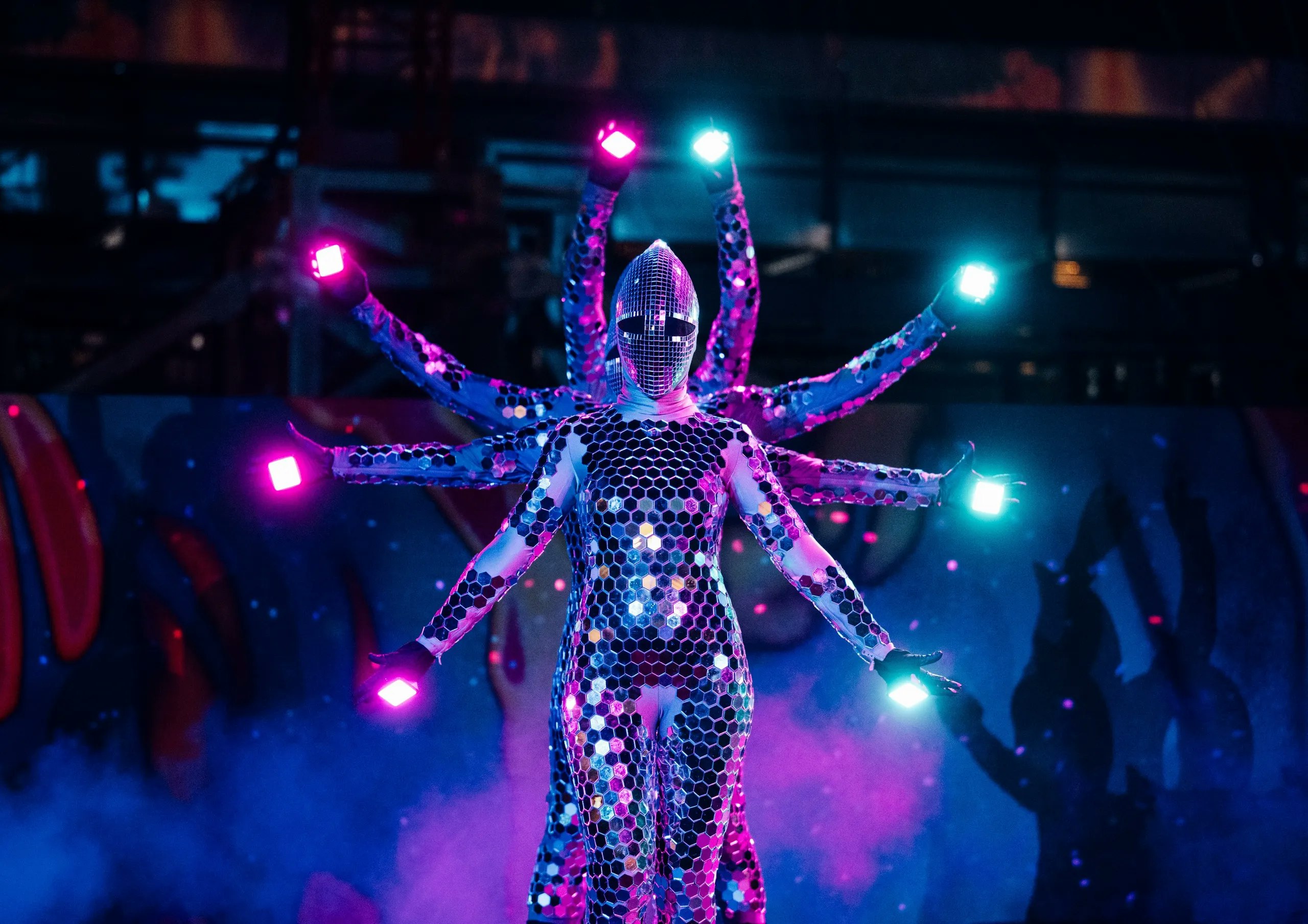
Dancing Through Time: A Historical Journey of the Evolution of Dance
By MDLBEAST
December 27 2023
Dancing Through Time: A Historical Journey of the Evolution of Dance
By MDLBEAST
December 27 2023
Dance, much like music, is a universal expression and art form that transcends boundaries and time. We’ve touched upon the history of music, as well as the evolution of music festivals, and how gathering with others to celebrate music dates as far back as the inception of music itself.
Much in the same way, the history of dance can also be said to have had its beginnings around the same time as music. Dance, in its simplest form, is the physiological response our bodies have upon hearing certain rhythmic patterns. Ever heard a really catchy song and found yourself tapping your foot or nodding your head without realizing it?
Today we explore the evolution of dance as an integral part of human expression throughout time. From ancient rituals to modern-day dance floors, the art of movement has progressed to reflect societal changes, cultural shifts, and the increasing human desire for connection and self-expression.
The Roots of Dance: From Rituals to Celebrations
Dance's origins can be traced all the way back to ancient civilizations, where it played a crucial role in rituals, ceremonies, and celebrations. In ancient Greece, dance emerged as a form of storytelling, embodying myths and narratives. African tribes used dance as a communal expression to foster unity within the community.
As societies progressed, dance rituals became intertwined with religious ceremonies - in what came to be known as “sacred dance,” acting as a bridge between the earthly and divine, and as a means to “honor supernatural powers.” One popular form of sacred dance is the Hindu Bharatanatyam dance, one of many classical dances from India.
Renaissance, Ballet, and the Courtly Dance
Just as the Renaissance era saw a shift in the cultural parameters of public musical gatherings, there also came a shift in dance - moving from sacred (limited to Good Friday celebrations) to secular.
The evolution of dance continued, and in the 15th and 16th centuries, the courts of Italy and France developed ballet, transforming it into a meticulously ornate and structured form of art. Famous ballets like “The Nutcracker” and “Swan Lake” were performed on stage for thousands to watch.
Courtly dances also emerged as a form of entertainment among the European elite. Their intricate and stylized movements reflected the refinement of society and became a means of social interaction. The minuet and gavotte were the most popular examples, and they embodied the grace and poise of the upper classes.
Folk Dances and Cultural Expression
Simultaneously, folk dances flourished among the “common people,” providing a platform for cultural expression from a different perspective. From the flamenco of Spain to the spirited jigs of Ireland, folk dances were a form of communal celebration of national heritage and traditions. These regional dances encapsulated the spirit and rhythm of a diversity of cultures and showcased the rich tapestry of human movement around the world.
The Roaring Twenties and the Birth of Social Dance
Hopping over to the 20th century, where we saw a massive development in dance. The Roaring Twenties were iconic for many reasons, one of them being the ushering in of social dance, reflecting the joy of the era.
The Charleston, the Lindy Hop, and the Foxtrot became the most widely popular dances of the Jazz Age, epitomizing the rebellious spirit of that time. The youth especially embraced dance as a form of liberation, breaking free from the shackles of Victorian norms and societal expectations.
Club and Concert Culture: A Contemporary Dance Revolution
In the latter half of the 20th century, the emergence of club and concert/festival cultures revolutionized the dance experience. Nightclubs and music festivals became hubs for artistic expression and social connection. The pulsing lights, thumping bass, and electrifying atmosphere transformed dance into a collective celebration of sound and movement. Comparable to a modern-day shaman, the DJ emerged to curate sonic landscapes that guide the audience through a euphoric journey.
MDLBEAST's Soundstorm Festival is an example of the evolution of festival culture in the 21st century. This innovative event fuses music, art, and technology to create an immersive experience where dance, and the celebration of music, become a symbol of global unity. The festival not only showcases world-renowned artists, but also gives a platform to local emerging talent, emphasizing the importance of inclusivity and cultural diversity.
The Dance Revolution in Popular Culture
From the Bronx’s breakdancing culture, to the rise of hip-hop dance in mainstream media, the late 20th century experienced a dance revolution that reflected socioeconomic transformations. Dance empowers self-expression, activism, and cultural commentary, with legendary artists like Michael Jackson emphasizing dance as a global art form with the moonwalk and robot.
More and more movies also started emerging between the 19th and 20th centuries specifically (think “Dirty Dancing,” “Save The Last Dance,” “Footloose” “Step Up” and “The Black Swan” to name a few), which highlighted dance as a powerful means of expression. They also opened up crucial points on the power of dance, as any art form, in transcending cultural, social, and class boundaries.
The Digital Age: Dance Trends Go Viral
In the digital age (and with the rise of TikTok), dance trends have taken on a new dimension through social media platforms. Some argue that dance has been reduced to oversimplified pop routines that everyone can follow along with. However, we see it as a way to unify people and spread joy (especially if it’s simple for our friends with two left feet to try).
From the Harlem Shake to the Floss, these viral dance trends not only showcase individual creativity, but also highlight the democratization of dance, allowing anyone with internet access to participate in the global dance conversation.
Share this
